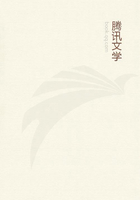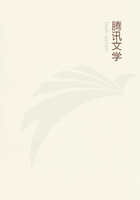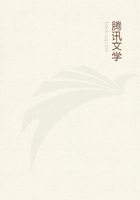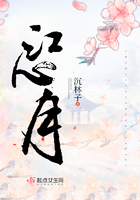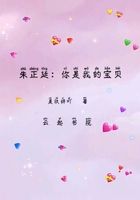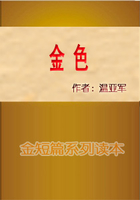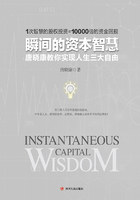Of the variations in the proportion of values with regard to the metals which serve as money If metals were as easily found as water commonly is everybody would take what he wanted of them and they would have hardly any value. The metals which are most plentiful and cost the least trouble to produce are also the cheapest. Iron seems the most necessary, but as it is commonly found in Europe with less trouble and labour than copper it is much cheaper.
Copper, silver, and gold are the three metals in general use for money. Copper mines are the most abundant and cost less in land and labour to work. The richest copper mines today are in Sweden. 80 ounces of copper are needed there to pay for an ounce of silver. It is also to be observed that the copper extracted from some mines is more perfect and lustrous than what is obtained from others. The copper of Japan and Sweden is brighter than that of England. That of Spain was, in the time of the Romans, better than that of Cyprus. But gold and silver, from whatever mine extracted, are always of the same perfection when refined.
The value of copper, as of everything else, is proportionable to the land and labour which enter into its production. Beside the ordinary uses to which it is put, like pots and pans, kitchen utensils, locks, etc. it is in nearly all states used as money in small purchases. In Sweden it is used even in large payments when silver is scarce there. During the first five centuries of Rome it was the only money. Silver only began to be employed in exchange in the year 484. The ratio of copper to silver was then rated in the mints at 72 to 1: in the coinage of 512 at 80 to 1: in 537, 64 to 1: in 586 at 48 to 1; in 663 by Drusus and 672 by Sulla at 53 to 1: in 712 by Marcus Antonius and 724 by Augustus 56 to 1: in AD 54 under Nero 60 to 1: in 160 AD under Antoninus 64 to 1; in the time of Constantine AD 330, 120 and 125 to 1: in the age of Justinian about AD 550 at 100 to 1. Since then it has always varied below the ratio of 100 to 1 in the European mints.
Today when copper money is only used in small dealings, whether alloyed with calamine to make yellow copper as in England, or with a small portion of silver as in France and Germany it is generally rated in the, proportion of 40 to 1, though the market price of copper is ordinarily to that of silver as 80 or 100 to 1. The reason is that the cost of coining is generally deducted from the weight of the copper. When there is not too much of this small money for effecting the petty exchanges in the state, coins of copper or copper and alloy pass without difficulty in spite of their defect in intrinsic value .
But when it is attempted to pass them in a foreign country they will only be taken at the weight of the copper and the silver alloy. Even in states where through the avarice or ignorance of the governors, currency is given to too great a quantity of this small cash for the transaction of small dealings, and it is ordered that it should be received up to a certain limit in large payments it is unwillingly accepted and small cash is at a discount in silver coin, as in the token money and Ardites in Spain in large, payments. Yet small coins always pass without difficulty in small purchases, the value of the payments being usually small in themselves the loss is still less. This is why they are accepted without difficulty, and that copper is exchanged for small silver coins above the weight and intrinsic value of copper in the state itself, but not in other states, each state having wherewith to carry on its small dealings with its own copper coins.
Gold and silver, like copper, have a value proportionable to the land and labour necessary for their production; and if the public assumes the cost of minting these metals their value in bars and in coin is identical, their market value and their mint value is the same, their value in the state and in foreign countries is always alike, depending on the weight and fineness, that is on weight alone if the metals are pure and without alloy.
Silver mines have always been found more abundant than those of gold, but not equally in all countries or at all times.
Several ounces of silver have always been needed to buy one ounce of gold, sometimes more sometimes less according to the abundance of these metals and the demand for them. In the year AUC 310, 13 ounces of silver were needed in Greece to buy an ounce of gold, i.e. gold was to silver as 1 to 13: AUC 400 or thereabouts 1 to 12, AUC 460 1 to 10 in Greece, Italy and the whole of Europe.
This ratio of 1 to 10 seems to have persisted for 3 centuries to the death of Augustus, AUC 767 or AD 14. Under Tiberius gold became scarce or silver more plentiful, and the ratio gradually rose to 1 to 12, 12? and 13. Under Constantine AD 330 and Justinian AD 550 it was 1 to 14. Later history is more obscure.
Some authors think it was 1 to 18 under certain French kings. In AD 840 under Charles the Bald gold and silver coins were struck at 1 to 12. Under St Louis, who died in 1270 the ratio was 1 to 10: in 1361, 1 to 12: in 1421 over 1 to 11: in 1500 under 1 to 12: about 1600, 1 to 12: in 1641, 1 to 14: in 1700, 1 to 15: in 1730, 1 to 14?
The quantity of gold and silver brought from Mexico and Peru in the last century has not only made these metals more plentiful but has increased the value of gold compared with silver which has been more abundant, so that in the Spanish mints, following the market prices, the ratio is fixed at 1 to 16. The other States of Europe have followed pretty closely the Spanish price in their Mints, some at 1 to 15, others at 15 7/8, 15 5/8, etc. following the ideas and views of the Directors of the Mints. But since Portugal has drawn great quantities of gold from Brazil the ratio has commenced to fall again if no in the Mints at least in the markets, and this gives a greater value to silver than in the past. Moreover a good deal of gold is often brought from the East Indies in exchange for the silver taken thither from Europe, because the ratio is much lower in India.

